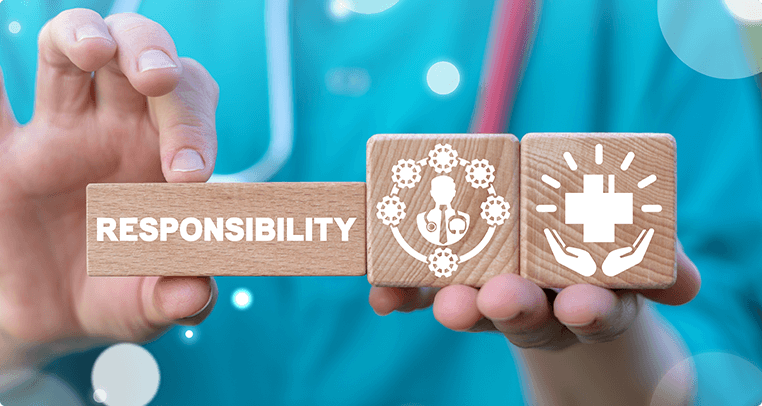COVID-19 and Liver Disease: All You Should Know
Introduction
COVID-19 has infected millions of individuals around the world for almost two years. Since the new strain pandemic, there has been a clear association between liver disease and severe COVID.
Liver disease is related to immune dysregulation and inflammation, implying that patients suffer severe consequences. As a result, the infected patient’s liver function tests are abnormal, meaning that SARS-CoV-2 is directly involved in liver damage.
Let’s learn more about the connection between liver damage and Covid.
The link between Covid and liver
Most people with COVID-19 symptoms improve on their own. And a significant number of persons infected with the coronavirus show no signs. However, only a small percentage of people become ill or die.
Out of these people, some patients could develop severe lung disorders such as pneumonia or ARDS (acute respiratory distress syndrome). Pneumonia causes your airways to expand and fluid to fill your lungs. Also, this can cause ARDS, which makes breathing difficult or impossible. Hence, some persons may require the use of a ventilator.
If people with cirrhosis of the liver receive a COVID-19 infection, they are more likely to develop severe COVID-19 illness. Further, resulting in prolonged hospitalization and increased mortality. Therefore, COVID-19 could impact liver cirrhosis screening, diagnosis, and treatment.
Moreover, consumption of medicines used to treat covid causes hepatocyte destruction (cells in the liver), thrombosis, inflammatory cytokine storm, hypoxia/ oxygen depression, and drug-induced liver injury.
The risk of drug hepatotoxicity in COVID-19 individuals
Because there is no particular antiviral treatment for SARS-CoV-2, many patients with COVID-19 are given antivirals such as remdesivir, lopinavir, or ritonavir, along with other medications. Unfortunately, drug-induced liver damage has been seen in COVID patients because of these medicines.
Furthermore, there is evidence that lopinavir and ritonavir overdose can activate the endoplasmic reticulum stress route in the liver. Henceforth causing hepatocyte apoptosis and speeding up liver damage, resulting in inflammatory reactions.
Many medicines can alter the liver function and damage it. Some can induce silent elevations in liver enzymes; acute hepatitis can arise in other situations. Antibiotics, anti-inflammatory, and antiviral medications are among the agents that might induce liver damage. Such patients may have an undiagnosed fever and use antipyretics like paracetamol or other analgesics, which may cause hepatotoxicity. As a result, this is related to the risk of liver damage, resulting in mortality.
Are people with hepatitis B and C at high risk of severe illness?
Yes. Research has found that SARS patients with Hepatitis B virus or Hepatitis C virus infection are more likely to develop severe hepatitis. In addition, covid-19 infected people with Hepatitis infection have serious consequences. Therefore, they require immediate healthcare treatment.
What can we do to stay fit?
To help prevent COVID-19:
- Eat a balanced, healthy diet.
- Eat lots of juicy fruits.
- Consult doctor about whether you should keep or postpone your medical appointments. It may be possible to schedule your appointment over the phone or via the internet.
- Have groceries and other necessities delivered to your home.
- Prescriptions can be purchased in-store or via mail order.
- With the present epidemic, stress and anxiety are on the rise, and they might weaken your immune response. Exercising releases chemicals in your brain like serotonin and endorphins, making you feel better.
There’s a link between your diet, physical exercise, and overall health. So when it comes to your physical, mental, and social well-being, diet is crucial.
Conclusion
Infection with COVID-19 can lead to liver failure and ultimately result in loss of life. The liver is one of the most impacted organs in covid patients.
It is necessary to confirm concurrent liver disease (e.g., viral hepatitis, fatty liver, liver cirrhosis, or hepatoma). In terms of treatment, drugs that can harm the liver should be taken with caution.
A higher percentage of COVID-19 severe cases reported acute liver injury, showing a higher chance of death. Therefore, the effects of this infection and anti-COVID-19 therapy on liver function require a complete and thorough investigation, along with additional high-quality research.
If you have liver disease, book an appointment to lower your covid complications.









